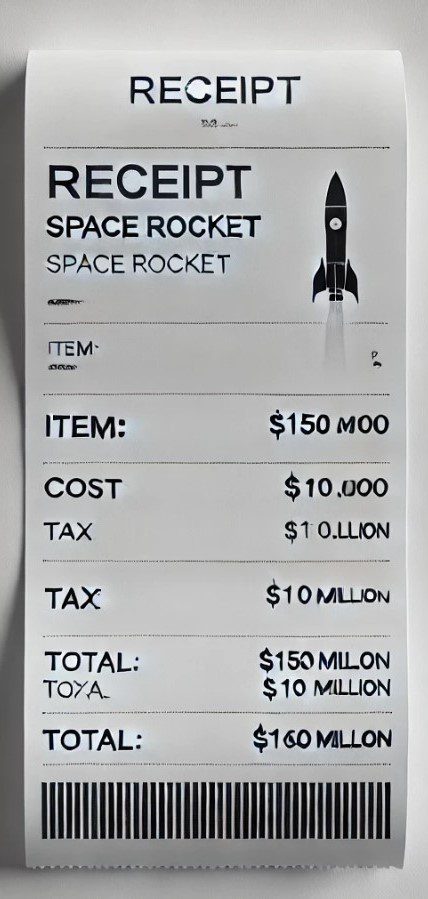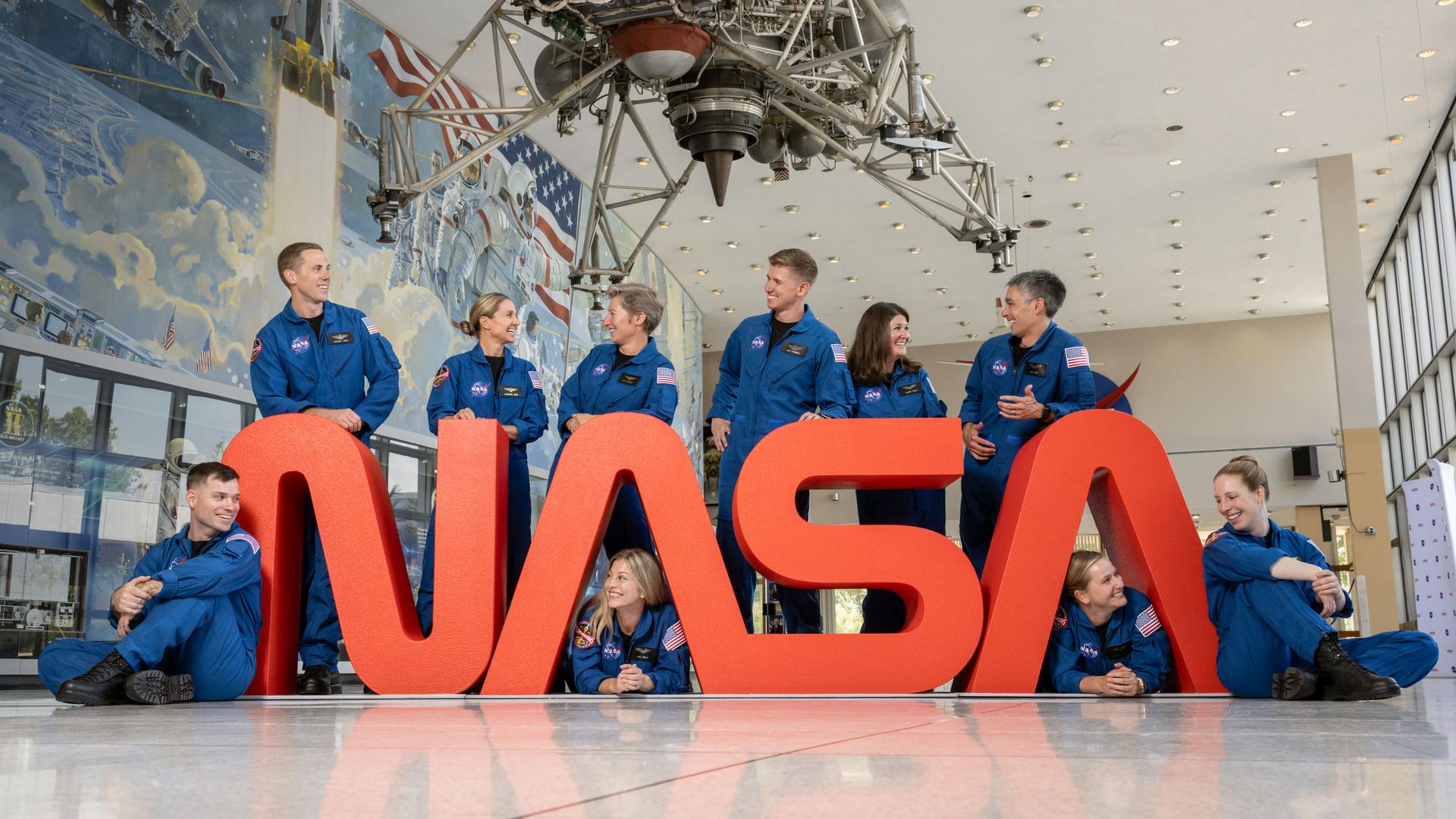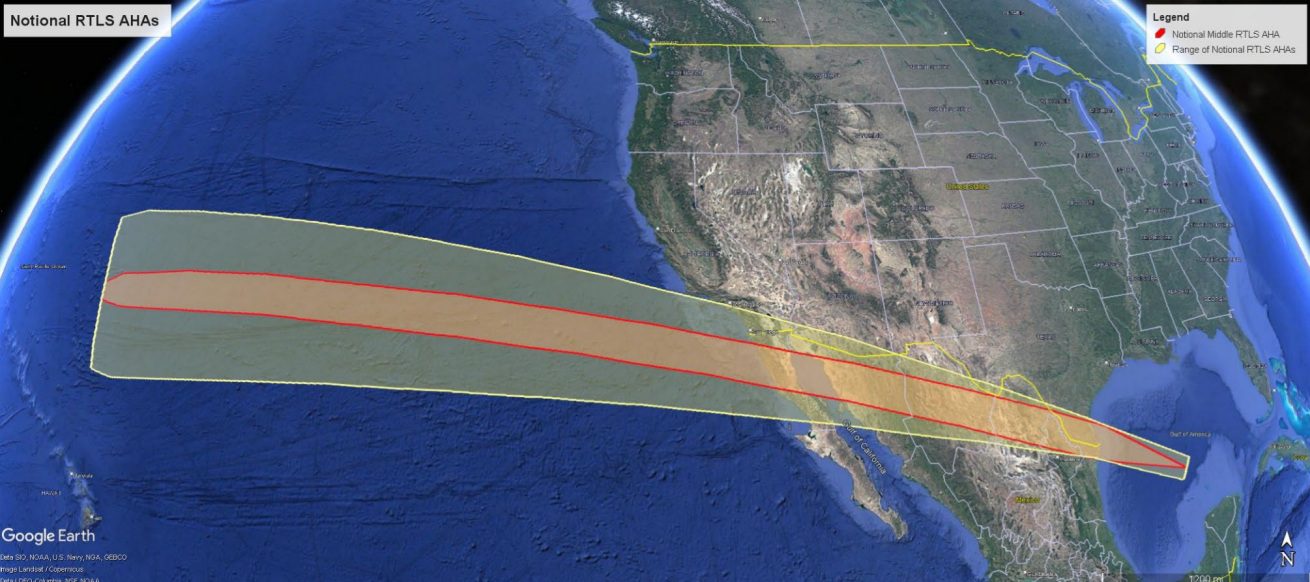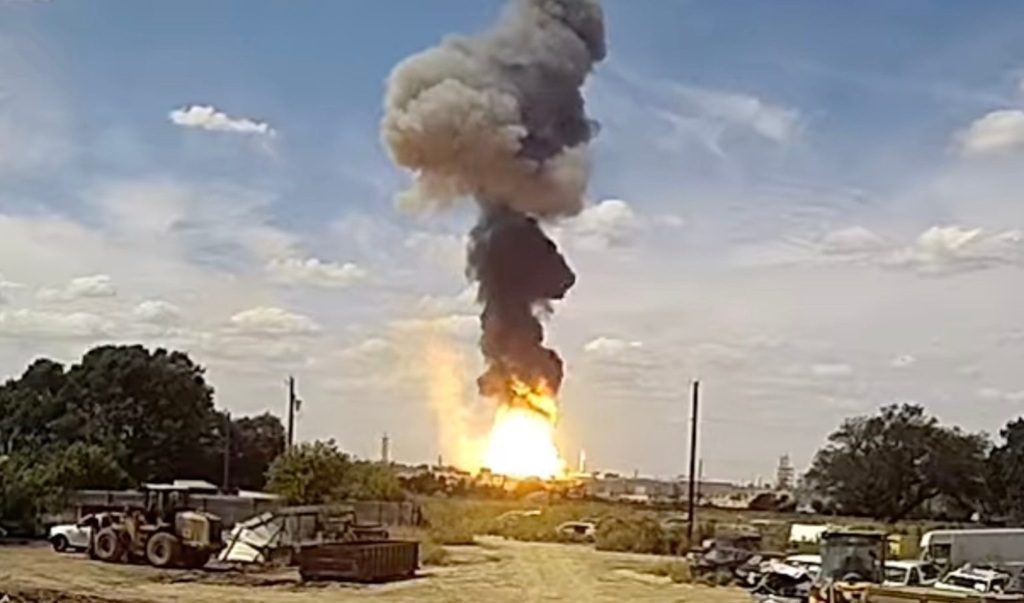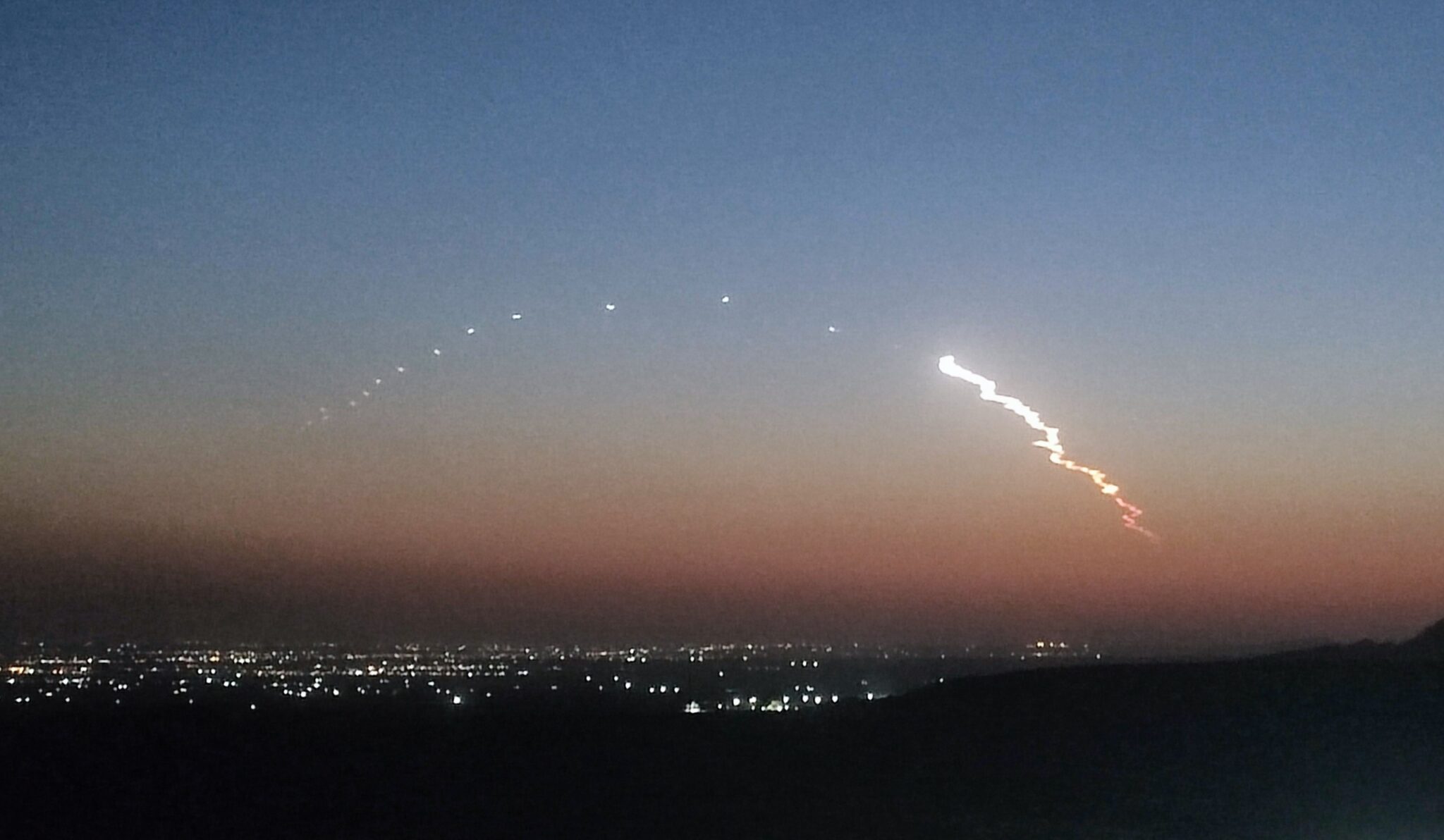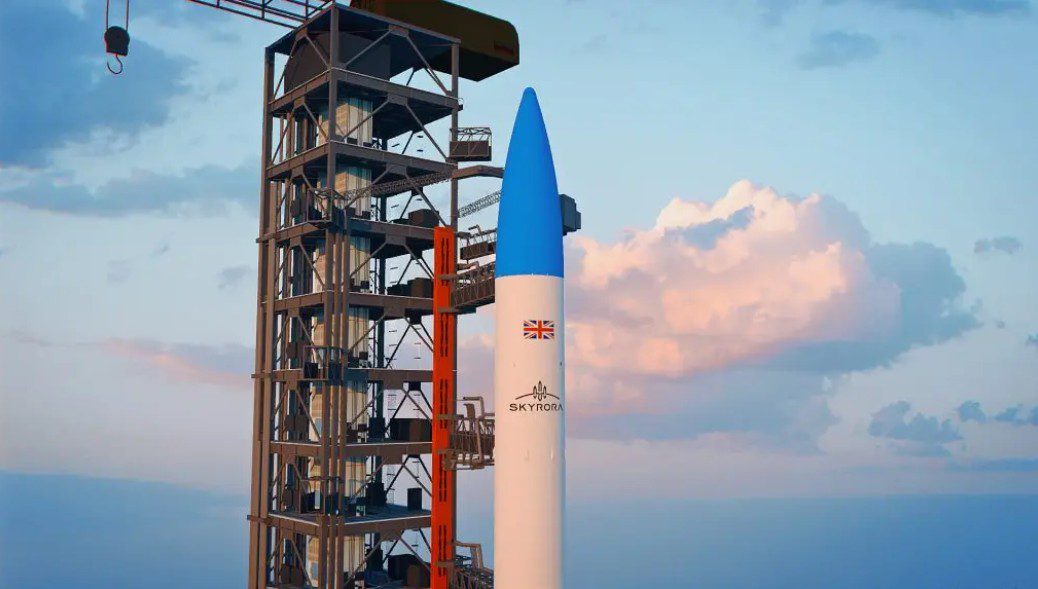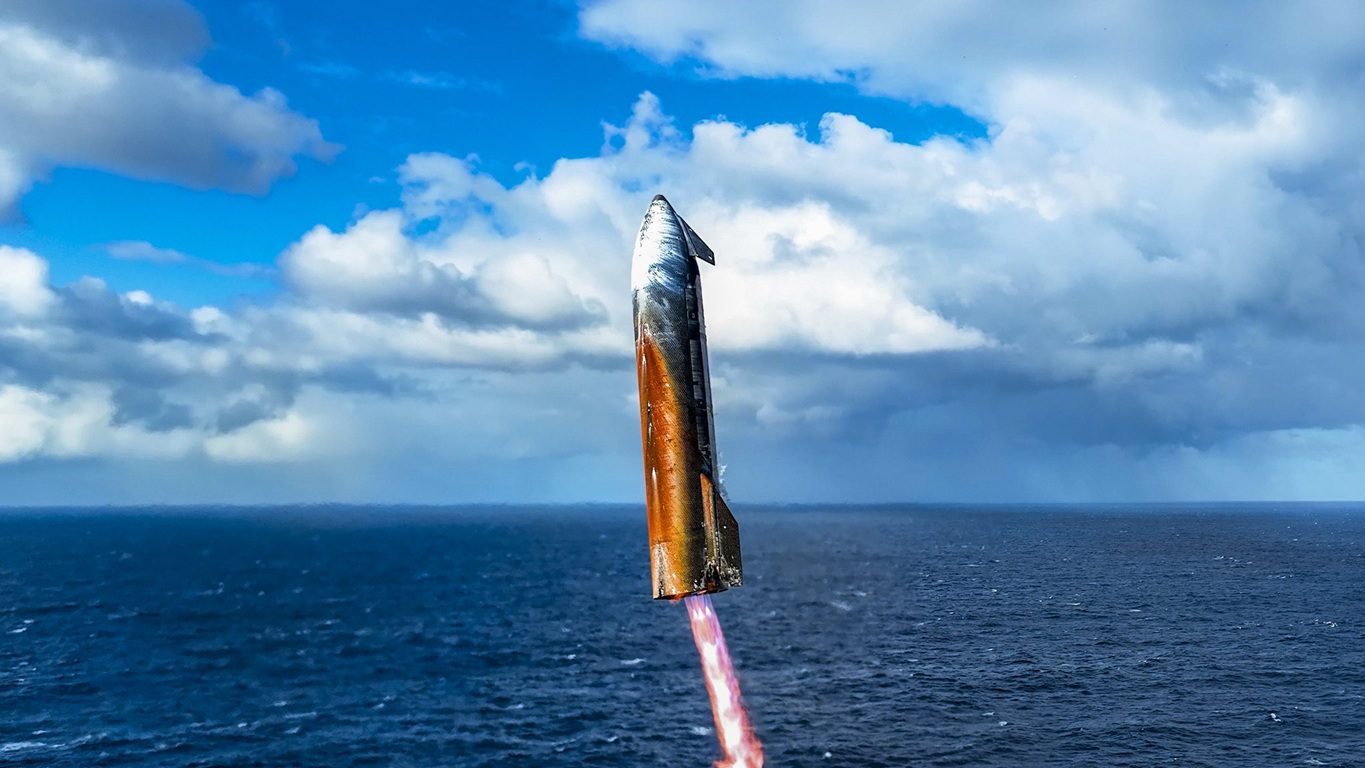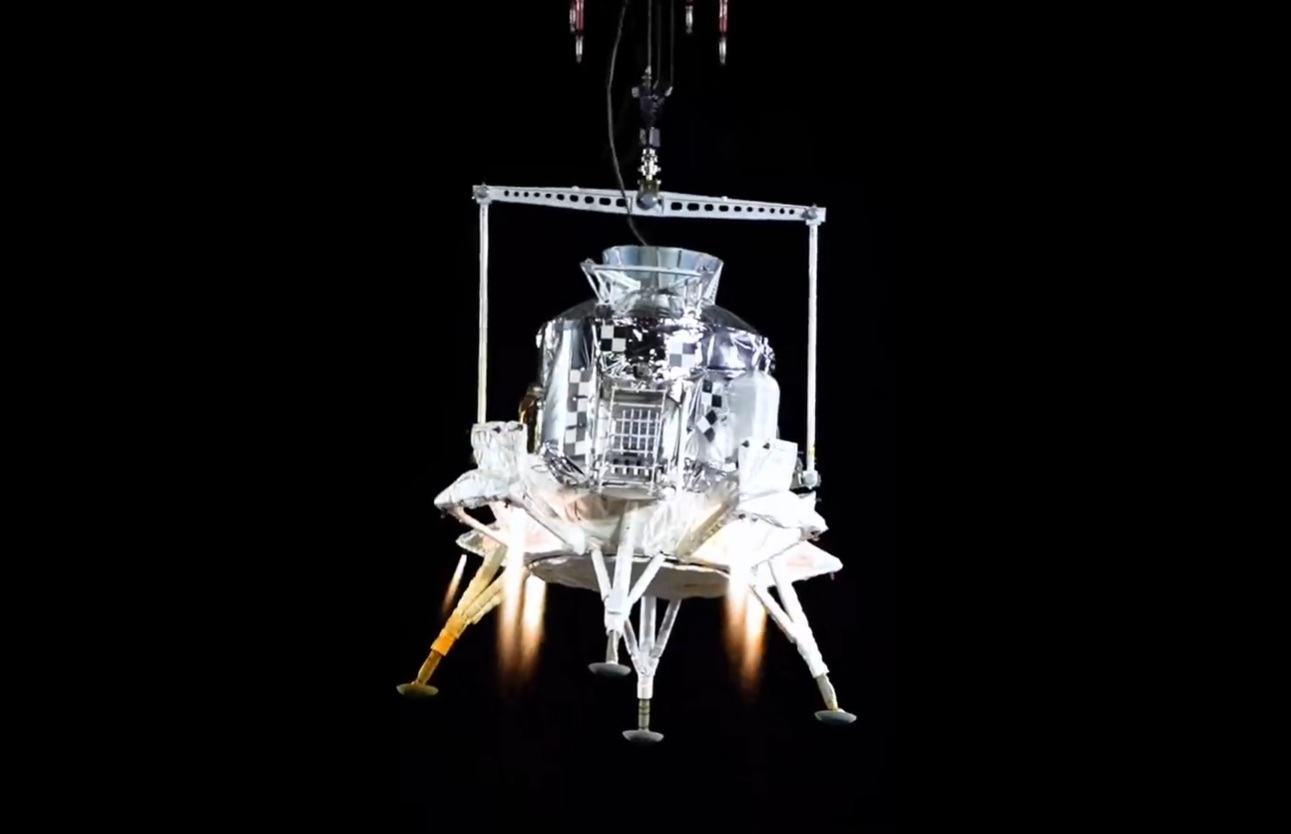Six Orbcomm OG2 communications satellites (Orbcomm OG2-03, -04, -06,-07, -09 and -11) were successfully launched by a SpaceX Falcon 9V1.1 launch vehicle at 1515 GMT on 14 July 2014 from the Cape Canaveral launch site in Florida. The 172kg mass spacecraft built by the Sierra Nevada Corporation carried an AIS (Automatic Identification of Ships) payload. While the second stage deployed the spacecraft, the Falcon 9 first stage made a fly-back manoeuvre and deployed its landing legs as part of a successful soft landing into the sea.
This was an engineering test for a future full recovery onto dry land. On this mission, and as will happen on the next, the stage was destroyed as planned as it toppled horizontally into the ocean after the “soft landing” had taken place. If the next test flight is successful, then a full soft landed recovery of the stage onto dry land will be attempted.
Despite this success there was industry surprise that the SpaceX firm then fired hundreds of its full time employees in a cull of “poorly performing” workers. The firm said that the number of layoffs equated to “less than 5%” of the workforce. It still expected to grow the overall size of its workforce over the next year.
Comment by David Todd: While some have suggested the recent worker layoffs were for cash flow reasons, the official line appears to be that SpaceX has decided to fire a major chunk of its workforce (the “poor performers”) in order to have the capacity to recruit new talent. The management of SpaceX must surely appreciate that doing this will have a negative impact on company morale. “Be careful how you fire and be careful who you fire,” remains sage advice for all organisations. Retaining good workers by keeping them happy is usually a lot easier and cheaper to do than having to recruit – and train – new talent.

